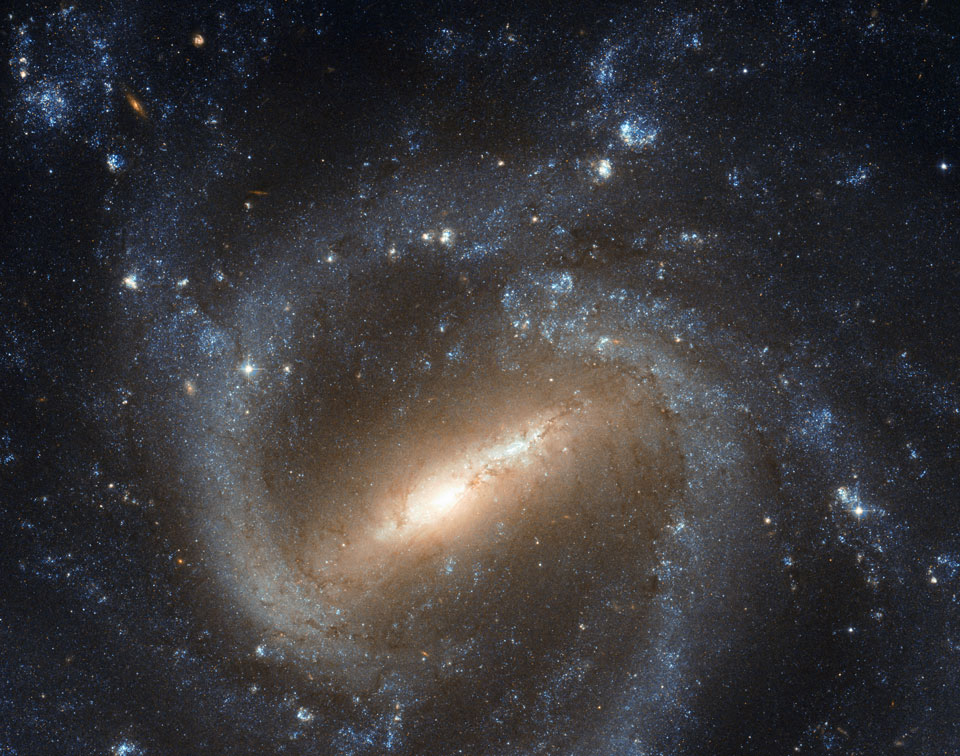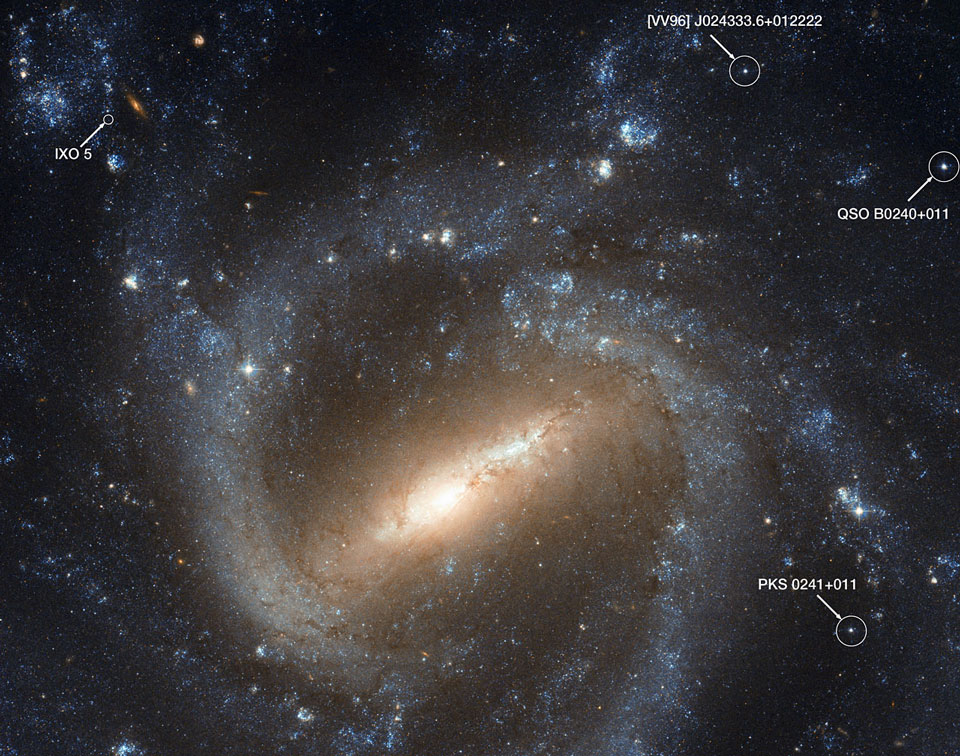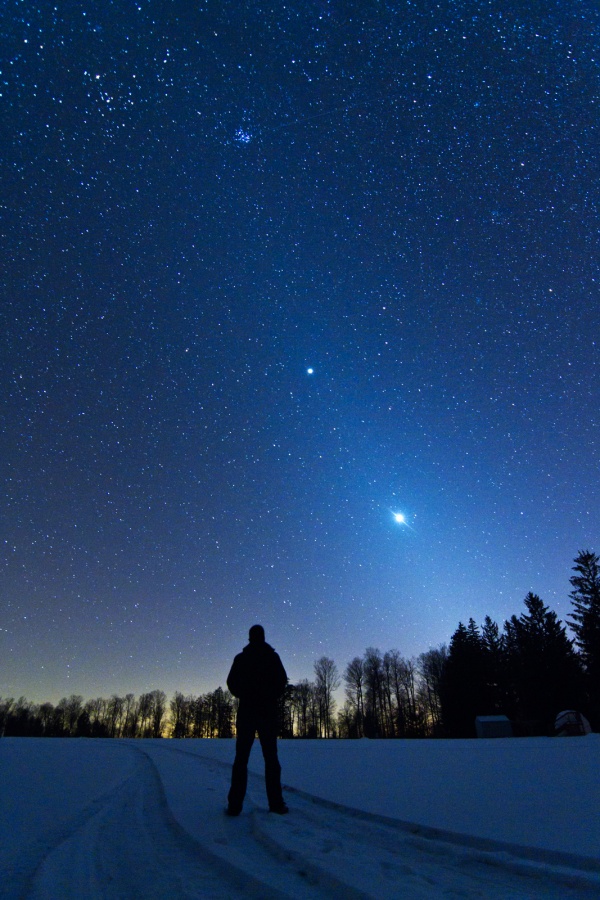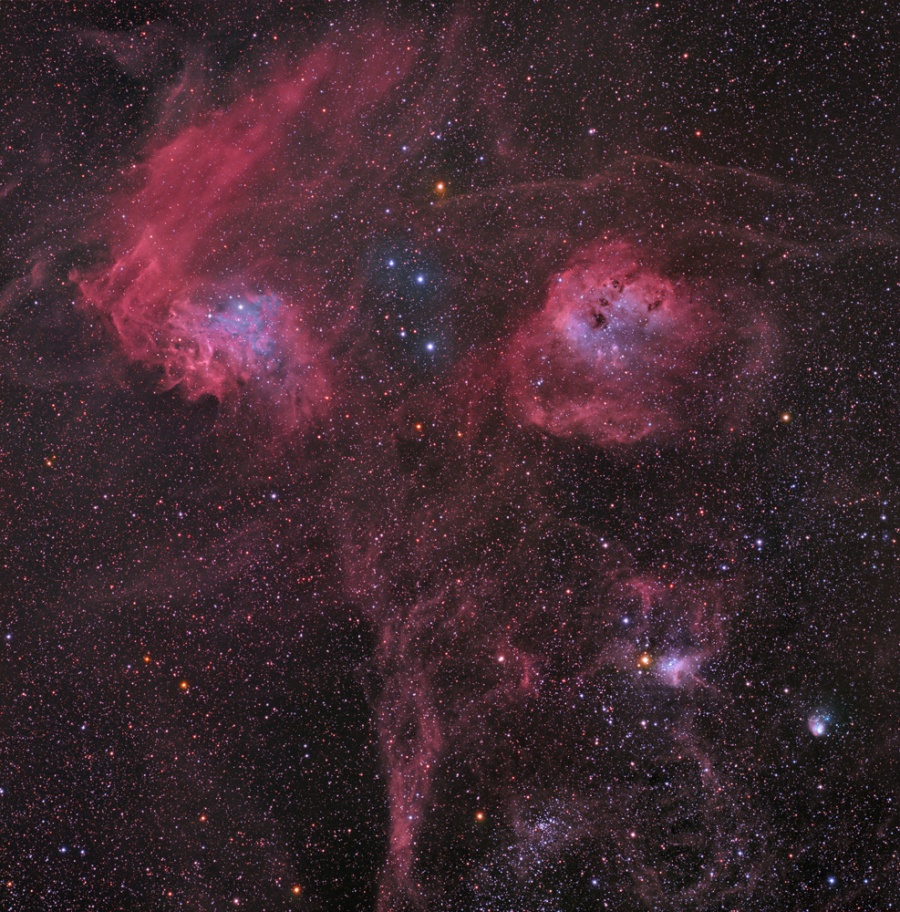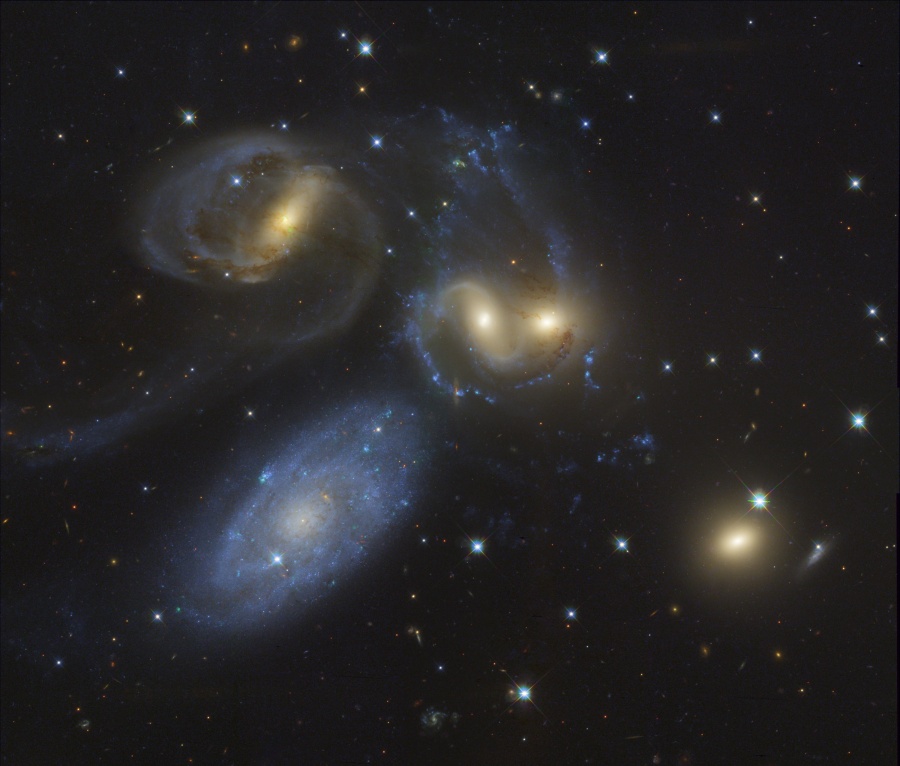Poll: Astronomy Picture of the Week for 2012 February 19-25
Posted: Tue Feb 28, 2012 10:44 am
_______________________________________________________________
Please vote for the TWO best Astronomy Pictures of the Day (image and text) of February 19-25, 2012.
(Repeated APODs are not included in the poll.)
All titles are clickable and link to the original APOD page.
We ask for your help in choosing an APOW as this helps Jerry and Robert create "year in APOD images" review lectures, create APOM and APOY polls that can be used to create a free PDF calendar at year's end, and provides feedback on which images and APODs were relatively well received. You can select two top images for the week.
We are very interested in why you selected the APODs you voted for, and enthusiastically welcome your telling us why by responding to this thread.
Thank you!
_______________________________________________________________
<- Previous week's poll
What's happening over the horizon? Although the scene may appear somehow supernatural, nothing more unusual is occurring than a setting Sun and some well placed clouds. Pictured above are anticrepuscular rays. To understand them, start by picturing common crepuscular rays that are seen any time that sunlight pours though scattered clouds. Now although sunlight indeed travels along straight lines, the projections of these lines onto the spherical sky are great circles. Therefore, the crepuscular rays from a setting (or rising) sun will appear to re-converge on the other side of the sky. At the anti-solar point 180 degrees around from the Sun, they are referred to as anticrepuscular rays. Pictured above is a particularly striking set of anticrepuscular rays photographed last month near Cheyenne, Wyoming, USA.
How did this big rock end up on this strange terrain? One of the more unusual places here on Earth occurs inside Death Valley, California, USA. There a dried lakebed named Racetrack Playa exists that is almost perfectly flat, with the odd exception of some very large stones, one of which is pictured above. Now the flatness and texture of large playa like Racetrack are fascinating but not scientifically puzzling -- they are caused by mud flowing, drying, and cracking after a heavy rain. Only recently, however, has a viable scientific hypothesis been given to explain how 300-kilogram sailing stones ended up near the middle of such a large flat surface. Unfortunately, as frequently happens in science, a seemingly surreal problem ends up having a relatively mundane solution. It turns out that high winds after a rain can push even heavy rocks across a temporarily slick lakebed.
Venus and Jupiter are this month's two brightest planets. Shortly after sunset on February 20, they dominate the sky above the western horizon and this snowy landscape. In clear and transparent skies over Cherry Springs State Park, Pennsylvania, USA, they are also seen immersed in Zodiacal light. The extended, diffuse, triangular glow is sunlight scattered by dust along the plane of the ecliptic. Brighter near the horizon, the Zodiacal glow angles upward, first to Venus and then to Jupiter hugging the ecliptic as they orbit the Sun. Fading even further, the glow stretches toward the lovely Pleiades star cluster near the top of the frame. Following their appearance in this Zodiacal skyscape, the coming days will see Venus and Jupiter sharing the early evening sky with a young crescent Moon. The two bright planets are even headed for a close pairing or conjunction, separated by about 3 degrees on March 13.
Rich in star clusters and nebulae, the ancient constellation of Auriga, the Charioteer, rides high in northern winter night skies. Composed from narrow and broadband filter data and spanning nearly 8 Full Moons (4 degrees) on the sky, this deep telescopic view recorded in January shows off some of Auriga's celestial bounty. The field includes emission region IC 405 (top left) about 1,500 light-years distant. Also known as the Flaming Star Nebula, its red, convoluted clouds of glowing hydrogen gas are energized by hot O-type star AE Aurigae. IC 410 (top right) is significantly more distant, some 12,000 light-years away. The star forming region is famous for its embedded young star cluster, NGC 1893, and tadpole-shaped clouds of dust and gas. IC 417 and NGC 1931 at the lower right, the Spider and the Fly, are also young star clusters embedded in natal clouds that lie far beyond IC 405. Star cluster NGC 1907 is near the bottom edge of the frame, just right of center. The crowded field of view looks along the plane of our Milky Way galaxy, near the direction of the galactic anticenter.
The first identified compact galaxy group, Stephan's Quintet is featured in this eye-catching image constructed with data drawn from the extensive Hubble Legacy Archive. About 300 million light-years away, only four of these five galaxies are actually locked in a cosmic dance of repeated close encounters. The odd man out is easy to spot, though. The interacting galaxies, NGC 7319, 7318A, 7318B, and 7317 have an overall yellowish cast. They also tend to have distorted loops and tails, grown under the influence of disruptive gravitational tides. But the predominantly bluish galaxy, NGC 7320, is closer, just 40 million light-years distant, and isn't part of the interacting group. Stephan's Quintet lies within the boundaries of the high flying constellation Pegasus. At the estimated distance of the quartet of interacting galaxies, this field of view spans about 500,000 light-years. However, moving just beyond this field, above and to the left, astronomers can identify another galaxy, NGC 7320C, that is also 300 million light-years distant. Of course, including it would bring the interacting quartet back up to quintet status.
<- Previous week's poll
Please vote for the TWO best Astronomy Pictures of the Day (image and text) of February 19-25, 2012.
(Repeated APODs are not included in the poll.)
All titles are clickable and link to the original APOD page.
We ask for your help in choosing an APOW as this helps Jerry and Robert create "year in APOD images" review lectures, create APOM and APOY polls that can be used to create a free PDF calendar at year's end, and provides feedback on which images and APODs were relatively well received. You can select two top images for the week.
We are very interested in why you selected the APODs you voted for, and enthusiastically welcome your telling us why by responding to this thread.
Thank you!
_______________________________________________________________
<- Previous week's poll
[c]Image Credit: NASA, ESA, Hubble Space Telescope[/c]
Many spiral galaxies have bars across their centers. Even our own Milky Way Galaxy is thought to have a modest central bar. Prominently barred spiral galaxy NGC 1073, pictured above, was captured in spectacular detail in this recently released image taken by the orbiting Hubble Space Telescope. Visible are dark filamentary dust lanes, young clusters of bright blue stars, red emission nebulas of glowing hydrogen gas, a long bright bar of stars across the center, and a bright active nucleus that likely houses a supermassive black hole. Light takes about 55 million years to reach us from NGC 1073, which spans about 80,000 light years across. NGC 1073 can be seen with a moderately-sized telescope toward the constellation of the Sea Monster (Cetus). Fortuitously, the above image not only caught the X-ray bright star system IXO 5, visible on the upper left and likely internal to the barred spiral, but three quasars far in the distance.
What's happening over the horizon? Although the scene may appear somehow supernatural, nothing more unusual is occurring than a setting Sun and some well placed clouds. Pictured above are anticrepuscular rays. To understand them, start by picturing common crepuscular rays that are seen any time that sunlight pours though scattered clouds. Now although sunlight indeed travels along straight lines, the projections of these lines onto the spherical sky are great circles. Therefore, the crepuscular rays from a setting (or rising) sun will appear to re-converge on the other side of the sky. At the anti-solar point 180 degrees around from the Sun, they are referred to as anticrepuscular rays. Pictured above is a particularly striking set of anticrepuscular rays photographed last month near Cheyenne, Wyoming, USA.
How did this big rock end up on this strange terrain? One of the more unusual places here on Earth occurs inside Death Valley, California, USA. There a dried lakebed named Racetrack Playa exists that is almost perfectly flat, with the odd exception of some very large stones, one of which is pictured above. Now the flatness and texture of large playa like Racetrack are fascinating but not scientifically puzzling -- they are caused by mud flowing, drying, and cracking after a heavy rain. Only recently, however, has a viable scientific hypothesis been given to explain how 300-kilogram sailing stones ended up near the middle of such a large flat surface. Unfortunately, as frequently happens in science, a seemingly surreal problem ends up having a relatively mundane solution. It turns out that high winds after a rain can push even heavy rocks across a temporarily slick lakebed.
Venus and Jupiter are this month's two brightest planets. Shortly after sunset on February 20, they dominate the sky above the western horizon and this snowy landscape. In clear and transparent skies over Cherry Springs State Park, Pennsylvania, USA, they are also seen immersed in Zodiacal light. The extended, diffuse, triangular glow is sunlight scattered by dust along the plane of the ecliptic. Brighter near the horizon, the Zodiacal glow angles upward, first to Venus and then to Jupiter hugging the ecliptic as they orbit the Sun. Fading even further, the glow stretches toward the lovely Pleiades star cluster near the top of the frame. Following their appearance in this Zodiacal skyscape, the coming days will see Venus and Jupiter sharing the early evening sky with a young crescent Moon. The two bright planets are even headed for a close pairing or conjunction, separated by about 3 degrees on March 13.
Rich in star clusters and nebulae, the ancient constellation of Auriga, the Charioteer, rides high in northern winter night skies. Composed from narrow and broadband filter data and spanning nearly 8 Full Moons (4 degrees) on the sky, this deep telescopic view recorded in January shows off some of Auriga's celestial bounty. The field includes emission region IC 405 (top left) about 1,500 light-years distant. Also known as the Flaming Star Nebula, its red, convoluted clouds of glowing hydrogen gas are energized by hot O-type star AE Aurigae. IC 410 (top right) is significantly more distant, some 12,000 light-years away. The star forming region is famous for its embedded young star cluster, NGC 1893, and tadpole-shaped clouds of dust and gas. IC 417 and NGC 1931 at the lower right, the Spider and the Fly, are also young star clusters embedded in natal clouds that lie far beyond IC 405. Star cluster NGC 1907 is near the bottom edge of the frame, just right of center. The crowded field of view looks along the plane of our Milky Way galaxy, near the direction of the galactic anticenter.
The first identified compact galaxy group, Stephan's Quintet is featured in this eye-catching image constructed with data drawn from the extensive Hubble Legacy Archive. About 300 million light-years away, only four of these five galaxies are actually locked in a cosmic dance of repeated close encounters. The odd man out is easy to spot, though. The interacting galaxies, NGC 7319, 7318A, 7318B, and 7317 have an overall yellowish cast. They also tend to have distorted loops and tails, grown under the influence of disruptive gravitational tides. But the predominantly bluish galaxy, NGC 7320, is closer, just 40 million light-years distant, and isn't part of the interacting group. Stephan's Quintet lies within the boundaries of the high flying constellation Pegasus. At the estimated distance of the quartet of interacting galaxies, this field of view spans about 500,000 light-years. However, moving just beyond this field, above and to the left, astronomers can identify another galaxy, NGC 7320C, that is also 300 million light-years distant. Of course, including it would bring the interacting quartet back up to quintet status.
<- Previous week's poll
